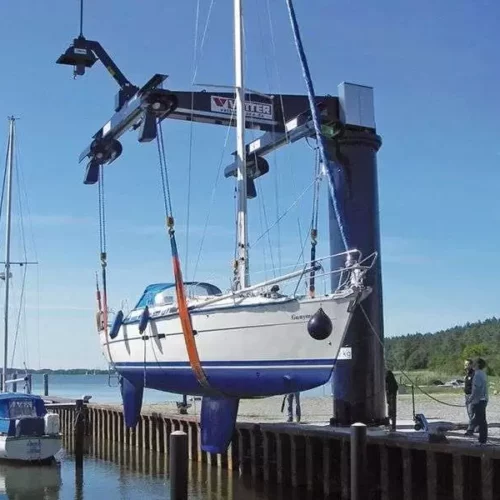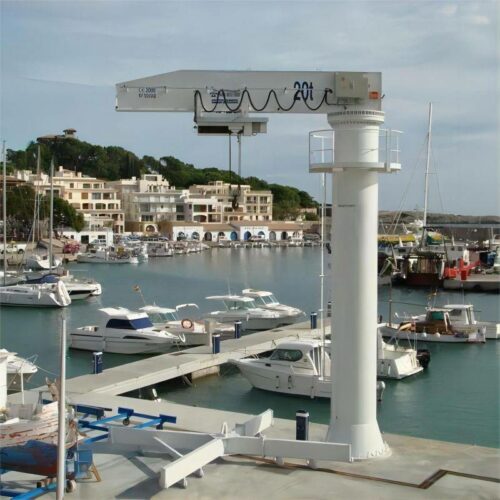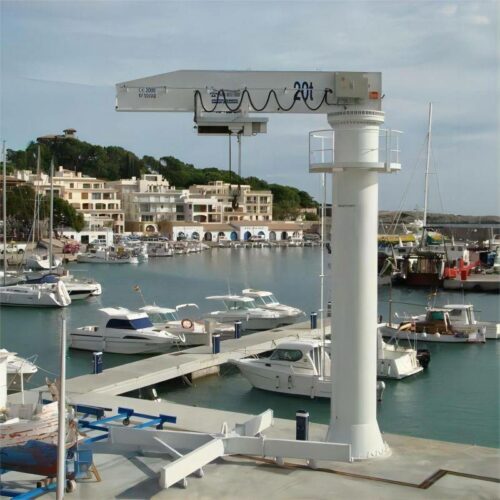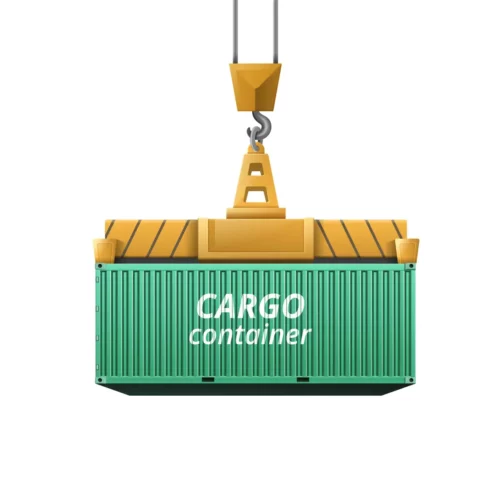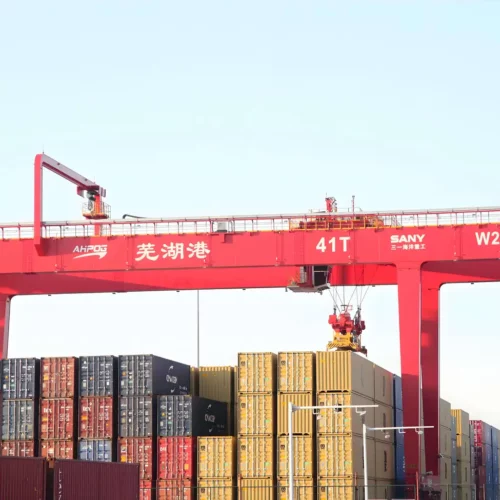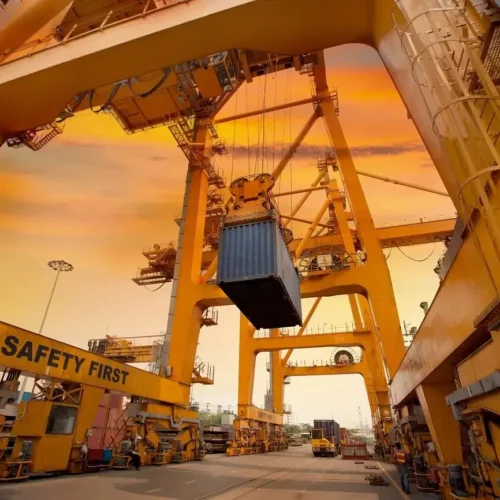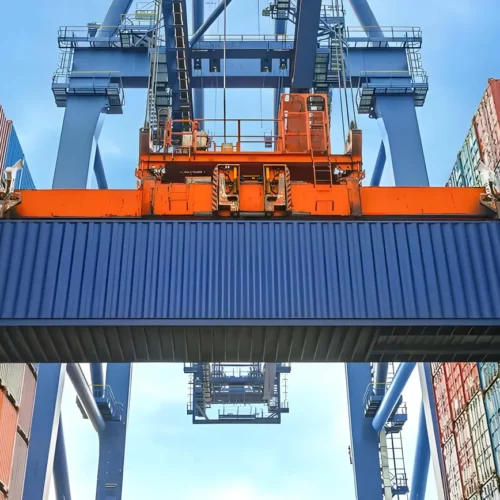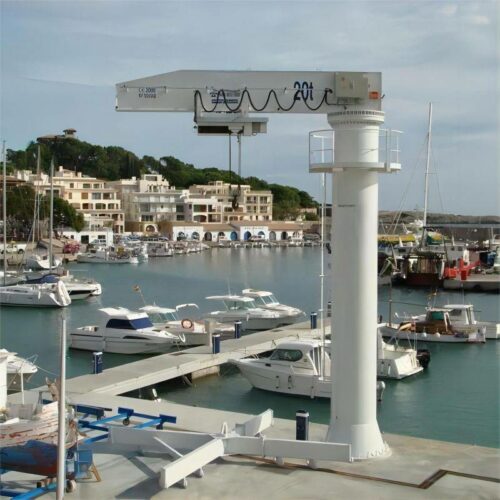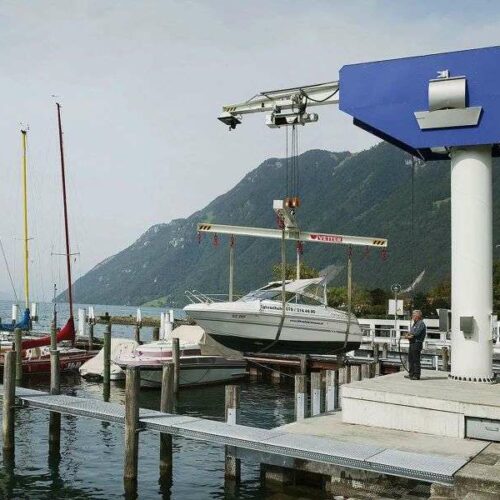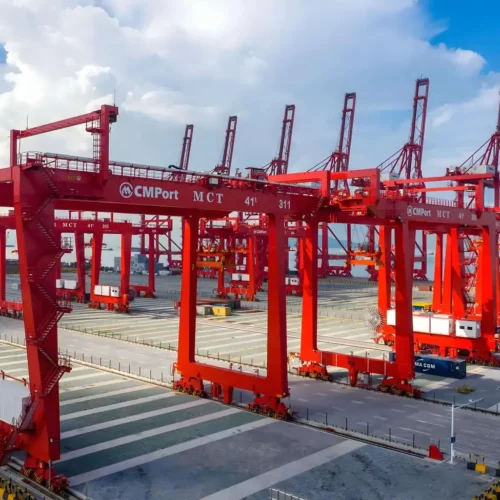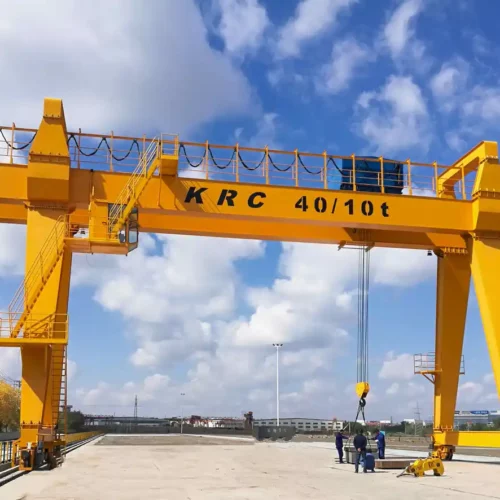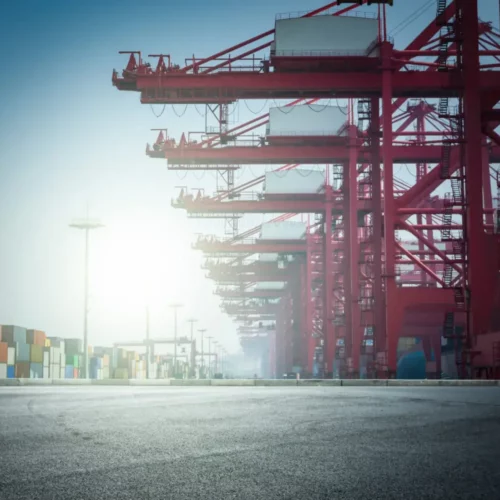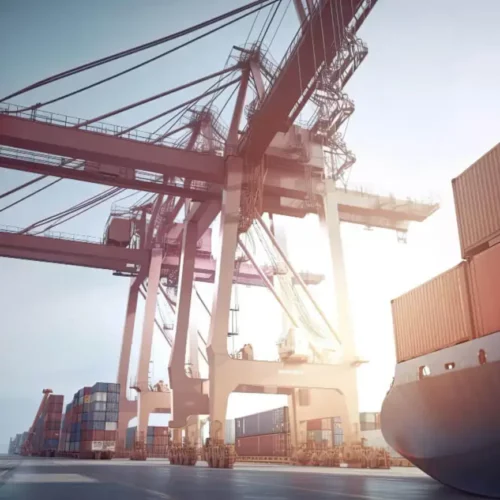Port Crane typically refers to the large, specialized cranes used in maritime ports for loading and unloading cargo from ships. These cranes are essential for handling containers, heavy machinery, and other bulk items, facilitating efficient transfer between sea transport and land transport. Here are a few common types of port cranes
Gantry Cranes: Also known as ship-to-shore cranes, these are massive overhead cranes that can lift extremely heavy loads. They straddle the ship and the dock, lifting containers directly from the ship and placing them on the dock, or vice versa.
Mobile Harbor Cranes: These are more flexible and can be moved around the port to where they are needed. They are useful for ports that handle different types of cargo.
Rail Mounted Gantry Cranes (RMG): These are similar to the standard gantry cranes but mounted on rails, allowing them to move along large stacks of cargo or containers in the port yard.
Floating Cranes: Used in ports that handle heavy and bulky items that cannot be handled by fixed cranes. They are also used for offloading cargo in ports that are not equipped with their own cranes.
Jib Cranes: Smaller than gantry cranes, jib cranes are used for loading and unloading smaller items and are often found in smaller ports or on the decks of ships themselves.
Port cranes are critical for global trade, enabling the rapid handling of massive quantities of goods and contributing significantly to the efficiency of cargo operations at ports.

